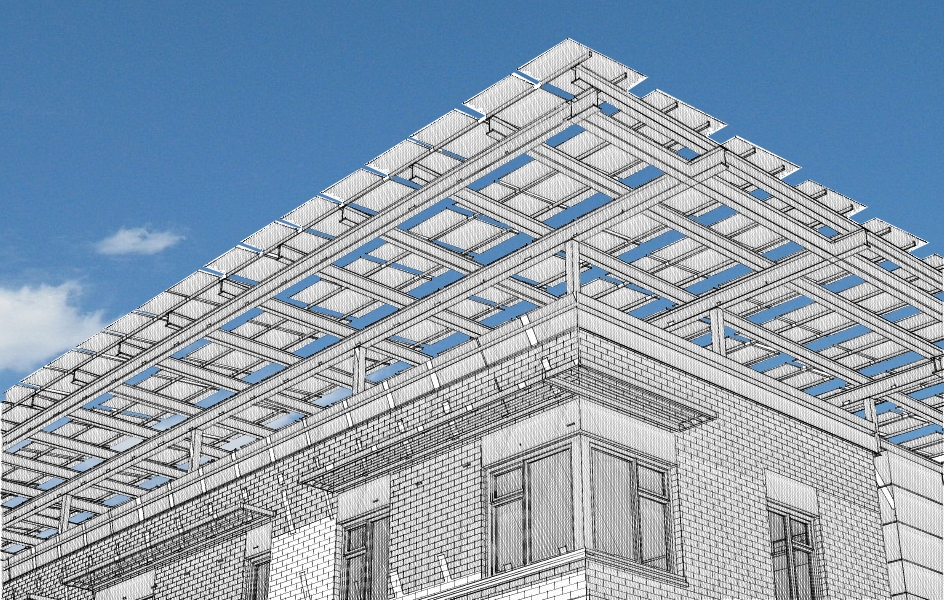
The massive solar array that seemingly floats over the new affordable housing building at 7th and H in downtown Sacramento is composed of 680 solar PV (photovoltaic) panels that provide power to the common “house loads” of the building. Common loads include things like elevators, stairwell lighting and the central cooling towers on this redevelopment project. The array uses a net metering system that runs the electric meter backwards, or slower, when the sun is shining and power is being produced.
For sustainable design in multi-family housing and all green architecture, it is critically important to start with energy efficiency before “plugging in” an expensive PV system, so note that before adding the PV in the equation, the 7th and H building uses almost 50% less energy than California’s challenging “Title 24” energy codes require. We utilized many strategies like thermal mass, night ventilation, displacement ventilation and window shading.
In Sacramento, PV panels are really useful because we get a lot of sunshine and the peak power production for solar panels in the afternoon also coincides with the typical peak power demands from air conditioners.
The solar array is an example of an integrated design element as it serves a few purposes for the building. First, the array provides about 50% of the common “house” electric loads. Second, it shades almost the entire roof in the summer, reducing the overall cooling load inside and likely extending the life of the roof membrane by limiting the UV exposure. Third, array’s super-structure provides the support for a cantilevered “mono-rail” track for window washing and building maintenance. And fourth, the array serves an important aesthetic purpose by creating an interesting cornice for the building.
The array is about 10’ above the building’s roof is to avoid mechanical equipment conflicts below and lets us add many panels beyond the edge of the building increasing the size of the array. The superstructure is galvanized.
The developer, Mercy Housing California, made the PV array work financially by using a combination of the local electric utility’s rebate per watt and a 30% federal energy tax credit.
The array makes financial sense for an affordable housing project like this because the cost of the panels can be included in the building’s appraised value or “basis” and the significant energy savings over time is very helpful with long-term operating costs.

In addition to the PV panels on the roof, there are 23 panels for solar water heating that will be used to preheat water for the central boilers. The solar thermal panels will produce 45% of the domestic hot water for the project. If you consider that there are 150 showers, 150 lavatories and 150 kitchens in this building, you can see that is a lot of saved energy! The solar hot water will eliminate the need to burn 3,300 “therms” of natural gas annually.
– Renner


